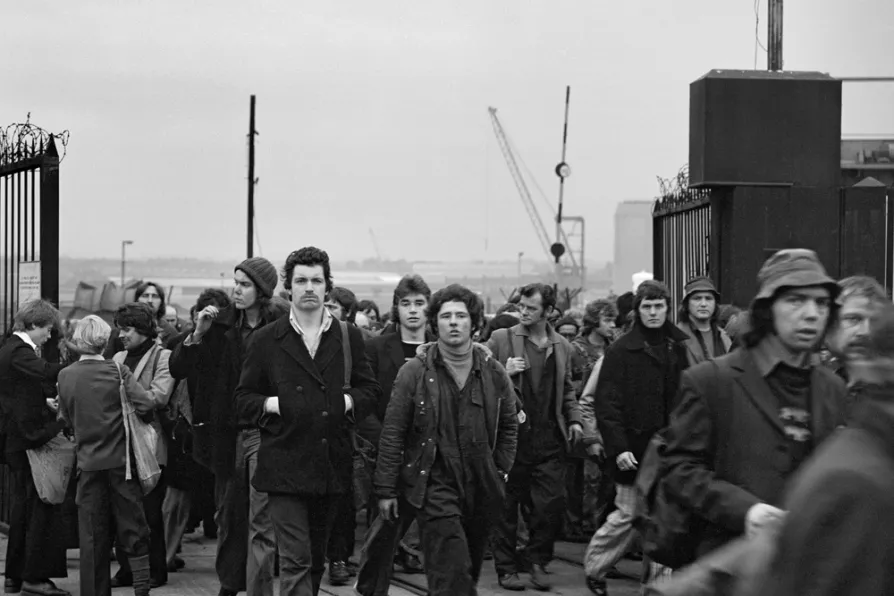GEOFF BOTTOMS appreciates the local touch brought to a production of Dickens’s perennial classic
Shipping out
MIKE QUILLE recommends an exhibition of Chris Killip’s stunning images of shipbuilding on the Tyne and its ultimate demise

 End of Shift. Given by the artist in honour of all the shipyard workers of Tyneside
[© Chris Killip]
End of Shift. Given by the artist in honour of all the shipyard workers of Tyneside
[© Chris Killip]
The Last Ships
Laing Art Gallery, Newcastle-upon-Tyne
THE LAST Ships exhibition of photographs taken by Chris Killip over just three years captures the awe-inspiring scale and beauty of the shipbuilding industry on Tyneside in the 1970s.
Similar stories

Peter Mitchell's photography reveals a poetic relationship with Leeds

Ben Cowles speaks with IAN ‘TREE’ ROBINSON and ANDY DAVIES, two of the string pullers behind the Manchester Punk Festival, ahead of its 10th year show later this month

CAROLINE FOWLER explains how the slave trade helped establish the ‘golden age’ of Dutch painting and where to find its hidden traces

The Morning Star sorts the good eggs from the rotten scoundrels of the year










